Some of you may recognize the ingredient soy lecithin from many of the packaged and processed foods that you buy.
For those of you who aren’t normally a fan of reading labels, I suggest you just try it. The next time you’re at the store, start picking up random jars, tubs, and packages. I guarantee you soy lecithin will be in a ton of your favorite products.
What makes me so sure that you’ll find it?
It’s because this soy derivative is one of the top ten most common food additives. Once I found out how prevalent it is in our food, I knew I had to dig a little deeper to find out all I could on soy lecithin.
After all, if we don’t know exactly what’s in the food sold on our supermarket shelves and in our restaurants, and their potential impact on our health, then we can’t make informed choices about what to eat and what to avoid.
So, keep reading to learn what I discovered about soy lecithin.
What is Soy Lecithin?
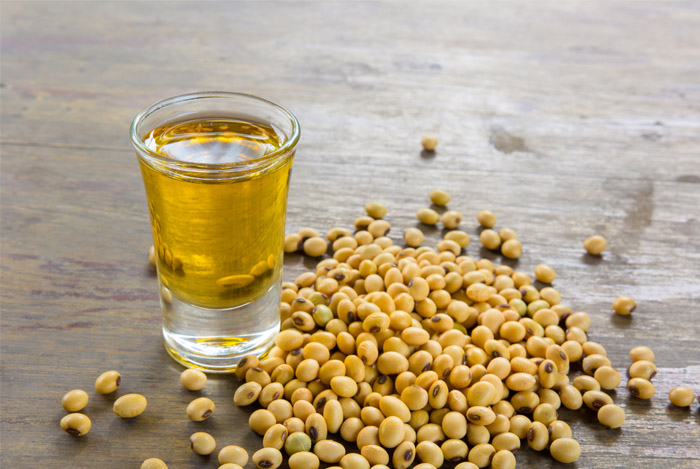 The origin of soy lecithin is pretty gross – it starts out as a disgusting sludge, which is left over from the production of soybean oil (one of the cooking oils we should be avoiding for the sake of our health).
The origin of soy lecithin is pretty gross – it starts out as a disgusting sludge, which is left over from the production of soybean oil (one of the cooking oils we should be avoiding for the sake of our health).
This waste product has a consistency ranging from a gummy fluid to a plastic solid. It’s initially a dirty tan or reddish brown color, but is bleached to a light yellow color to make it more appealing. And then it’s added to our food.
Sounds delicious, doesn’t it?
Common Sources of Soy Lecithin
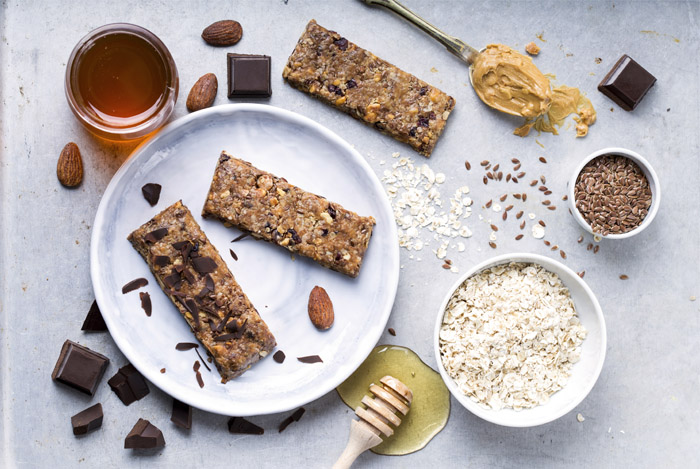 So why exactly do we need to add this disgusting waste product to our food?
So why exactly do we need to add this disgusting waste product to our food?
It’s actually pretty versatile and is used:
- As an emulsifier, helping oil and water mix together
- To extend the shelf life of products
- In bread making, to stop the dough being sticky and to help it rise faster
- In baking to prevent lumps forming in batter
- To make culinary foams – like you see in fancy restaurants and on MasterChef
Now that we know what it does, it makes it a little easier to look out for.
You’ll find soy lecithin (also marked as E322) in:
- Breads, cakes, cookies and pastries
- Ready-made cake mixes
- Salad dressings, mayonnaise and margarine
- Nut butters
- Cooking sprays
- Chocolate and granola bars
- Tea bags (bet you didn’t expect this one)
- And even cough drops, supplements, and medications
Reasons to Avoid Soy Lecithin
Aside from being put off by the thought of eating bleached goo, there may be a few other reasons to avoid this product.
Unpleasant Side Effects
 Even though the Food and Drug Administration have given soy lecithin their ‘Generally Recognized as Safe’ (GRAS) label, it might not be all that safe after all.
Even though the Food and Drug Administration have given soy lecithin their ‘Generally Recognized as Safe’ (GRAS) label, it might not be all that safe after all.
(Don’t forget that they also state aspartame is safe, but we all know that’s not true, given some of its toxic side effects).
Researchers have found that soy lecithin given in concentrations of 2% and 5% to pregnant and newborn rats resulted in behavioral and neurochemical abnormalities.
These are pretty high doses so it’s unlikely that dietary amounts of soy lecithin would cause such issues.
However, in the real world soy lecithin has been linked with some common side effects like nausea, stomach pain, bloating, diarrhea, and mild skin rashes. Drugs.com also state that “it is not known whether lecithin will harm an unborn baby”.
Pesticides & Other Chemicals
 As you may have guessed, the process of using chemicals to make a more attractive sludge isn’t without consequence.
As you may have guessed, the process of using chemicals to make a more attractive sludge isn’t without consequence.
It’s likely that there are traces of an air-pollutant and neurotoxin, called hexane, left over after the extraction of soybean oil from the soybeans.
And it would seem that the Food and Drug Administration (FDS) doesn’t even regulate the levels of this hexane residue. Some researchers estimate that the hexane concentration in soybean oil is between 500 and 1,000ppm.
Berkley Wellness states that ‘it’s hard to know for sure’ if consuming trace residues of hexane long-term will cause any health effects, although it has been linked with neurological problems in those who work with hexane in factories.
On top of the hexane, pesticides have been found in crude soy oil at a level of 400ppb.
Most pesticides are considered neurotoxins with one particular class actually developed as a toxic nerve agent during World War I.
While these brain-damaging chemicals have been found in the soybean oil, it’s likely that they are also in the soy lecithin – a by-product of the oil.
Of course, soy lecithin is derived from soy, one of the most controversial foods around so we should probably be aware of the concerns around soy itself.
What’s So Bad About Soy?
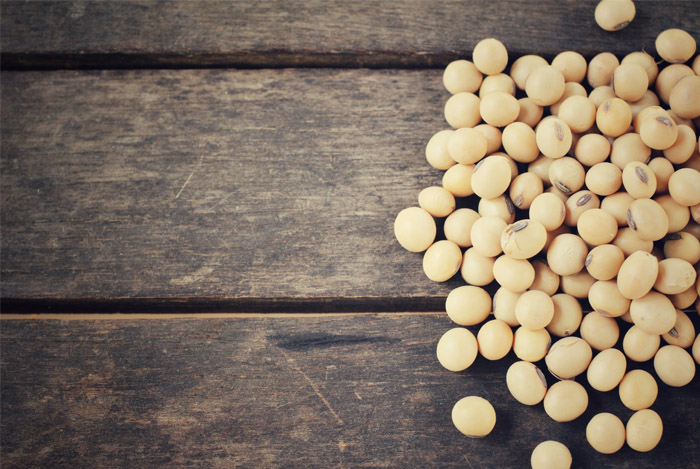 Like I said, soy is a seriously debated topic and there are an endless supply of studies out there citing both its health benefits and health risks.
Like I said, soy is a seriously debated topic and there are an endless supply of studies out there citing both its health benefits and health risks.
Firstly, soy is a staple in the diet of the Japanese, who, according to the UN, are more likely to reach 100 years old than anywhere else in the world. Their soy consumption has repeatedly been touted as the secret behind their longevity.
Yet countless other studies have linked soy with cancer, infertility, thyroid problems and mental decline. It’s also thought to affect hormones, particularly female hormones, in a negative way.
But for every study that shows a health risk, yet another study shows a benefit.
So what’s the deal?
The Type of Soy Matters
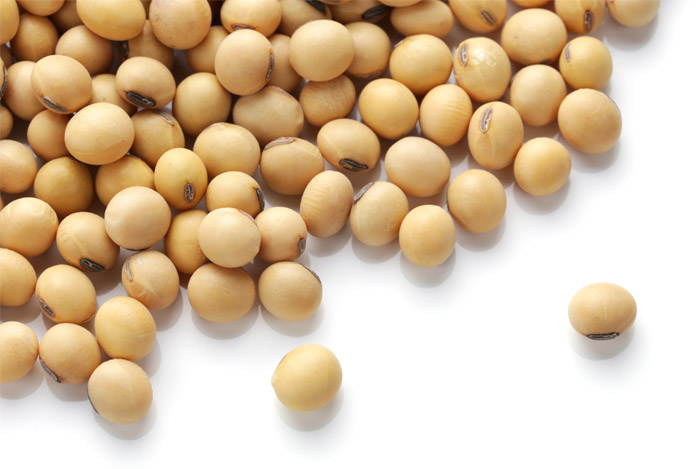 The most generally accepted rationale is that the type of soy makes all the difference in the world.
The most generally accepted rationale is that the type of soy makes all the difference in the world.
In Japan, and other Asian countries, they eat fermented soy like natto, tempeh and miso.
Of course, in the US and other Western countries we stuff ourselves full of unfermented and processed soy – something that Dr. Oz claims as his number one food for women to avoid.
Like most other processed foods, processed soy has had its nutrients stripped away, leaving just empty calories and potential health problems.
And what is soy lecithin but another form of processed soy?
It’s not just processed though, it has also been genetically modified (GM).
It’s a ‘Frankenfood’
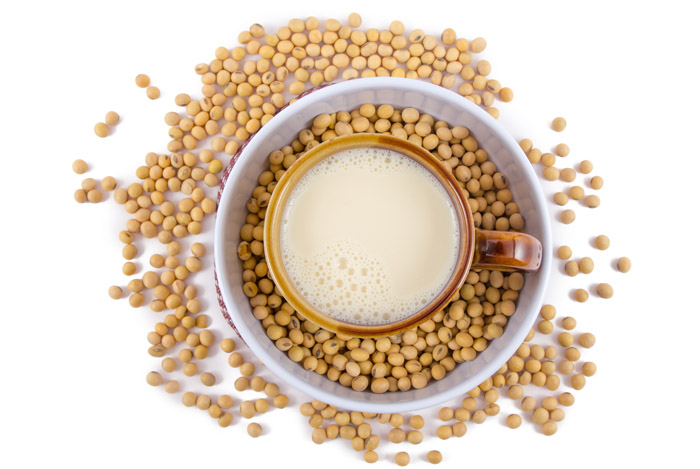 It’s a fact that around 95% of soy beans in the US are genetically modified, so we’re almost certainly consuming GM soy and engineered soy derivatives if we eat processed foods.
It’s a fact that around 95% of soy beans in the US are genetically modified, so we’re almost certainly consuming GM soy and engineered soy derivatives if we eat processed foods.
So worrying are these bio-tech soy products that Dr. Alan Sears refers to them as the ‘Frankenstein lurking in your pantry’.
These pesticide-laden soybeans have been found to be less nutritious than organic soy and they contain less healthy nutrients and more unhealthy fats. Studies have even found links between GM soy and pancreatic issues.
If genetically modified foods worry you (and they should!) then avoid soy lecithin or at least check for ‘USDA Organic’ or ‘Non GMO Project Verified’ labels.
So between the neurotoxins, fears around unfermented soy, and the fact that most of it is genetically modified, this must mean that we should avoid soy lecithin right?
Well, avoiding it seems like a good idea to me.
But first I feel I should mention a number of studies I came across that cite the potential health benefits of soy lecithin.
Benefits of Soy Lecithin
A Useful Supplement
 Soy lecithin has been taken as a supplement to treat and prevent a number of conditions such as:
Soy lecithin has been taken as a supplement to treat and prevent a number of conditions such as:
- Dementia and Alzheimer’s disease
- Gallbladder disease
- Liver disease
- Certain types of depression
- Anxiety
- Eczema
Studies have shown it may also help reduce inflammation and treat neurological disorders.
Balances Cholesterol Levels
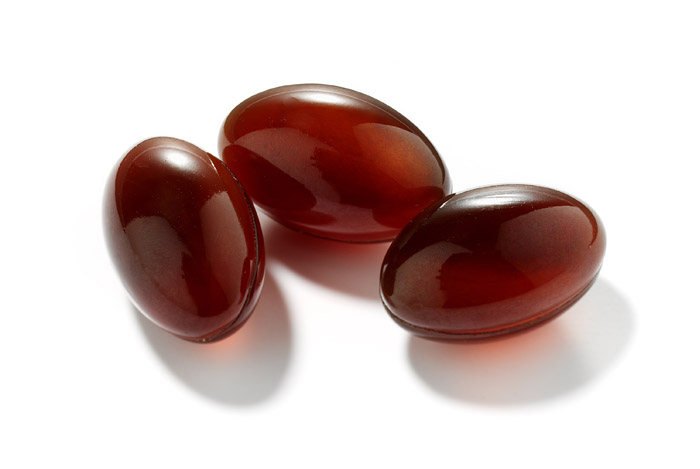 Some of the most convincing research shows that soy lecithin may have a beneficial effect on cholesterol levels. Supplementing with 500 mg of soy lecithin per day for 8 weeks has been shown to reduce total cholesterol levels by 42% and LDL levels by 56%.
Some of the most convincing research shows that soy lecithin may have a beneficial effect on cholesterol levels. Supplementing with 500 mg of soy lecithin per day for 8 weeks has been shown to reduce total cholesterol levels by 42% and LDL levels by 56%.
However, it’s not just soy lecithin that has an effect on cholesterol – whole, unprocessed soy sources also do the same job, although perhaps at a slower pace.
In a five week study of men who ate soy products as their main protein source, it was found that their LDL cholesterol levels fell by up to 14%, while their HDL levels rose by up to 8%.
A Good Source of Choline
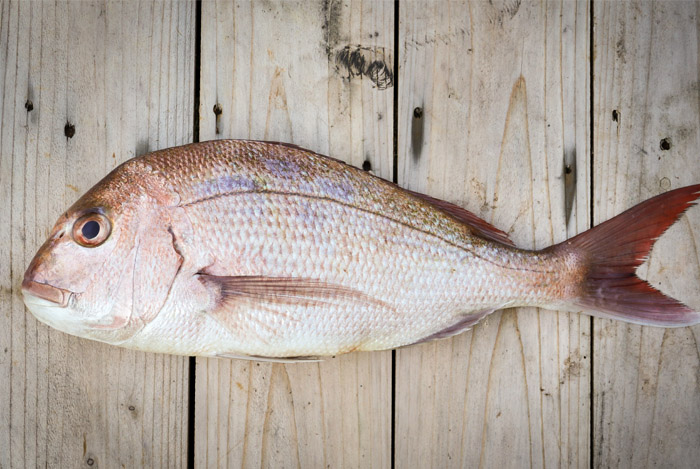 This essential nutrient is made by our body in small amounts, but we still need to consume it through diet – something most of us don’t do, given that 90% of people are lacking in choline.
This essential nutrient is made by our body in small amounts, but we still need to consume it through diet – something most of us don’t do, given that 90% of people are lacking in choline.
Choline helps keep cell membranes functioning properly, plays a role in nerve communications and reduces chronic inflammation.
While soy lecithin is a source of choline, I’ve come across sites out there claiming that soy lecithin is one of the best ways to ensure we have enough dietary choline (although these sites typically have a vested interest in soy-filled processed foods).
Of course, if you really want to, you can convince yourself that devouring a trans-fat-filled, sugar-rich donut is the way to get your fill of choline.
But choline is also found in healthy whole foods like egg yolks, meat, fermented soy, poultry, fish, cruciferous vegetables, and dairy.
All I can say is, I know which sources I’ll be choosing.
Can You Have Soy Lecithin if You’re Allergic to Soy?
 Soy is one of the top seven most common food allergies so you might think that soy lecithin is out for those sufferers. However, there is some debate around this.
Soy is one of the top seven most common food allergies so you might think that soy lecithin is out for those sufferers. However, there is some debate around this.
As soy allergies are triggered by soy proteins, an allergic response will depend on the protein content of the lecithin, which can vary wildly as studies show.
One analysis of six soy lecithin samples found protein concentrations ranging from 100ppm to 1,400ppm. Another found that four samples tested had enough soy protein to trigger a reaction in those with allergies, but the other two samples contained no protein.
Web MD states that soy lecithin is safe for many people with allergies but they recommend you discuss with your doctor or allergist before eating anything with soy lecithin in it.
Those who are soy intolerant (as opposed to allergic) may find they are able to handle soy lecithin in processed foods, given that it is added in such small quantities.
Avoiding Soy Lecithin
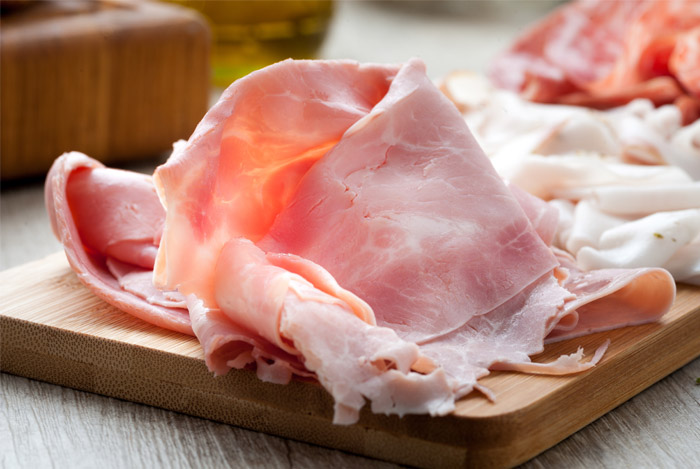 If you want to avoid soy lecithin, then avoid processed foods or only buy those that contain alternative sources of lecithin such as sunflower seed lecithin.
If you want to avoid soy lecithin, then avoid processed foods or only buy those that contain alternative sources of lecithin such as sunflower seed lecithin.
Check labels carefully. Because soy is such a huge allergen, the Federal Food Allergen Labeling and Consumer Protection Act (FALCPA) requires that all soy-containing packaged foods sold in the US must list the word ‘soy’ on the label.
However, deli meats, fresh produce, and freshly baked goods probably won’t list it on their labels, nor will restaurants who use it in their dishes.
Overall…
 Given the research, it’s hard to know for sure what impact this soy derivative has on our health.
Given the research, it’s hard to know for sure what impact this soy derivative has on our health.
While it may not be the worst additive around, there is definitely enough negative press centered on both processed soy and unfermented soy, enough for it to be a cause for concern. And, I just don’t think there are enough health benefits to outweigh the health concerns for my liking.
I tend to believe that, regardless of what food is being debated, it’s best to stick with healthy, whole foods and fermented foods, and avoid those that are processed and genetically modified.
That said, if you can’t avoid it completely, don’t stress – a little bit now and then probably won’t do any harm.
What do you think of soy lecithin? Will you be trying to avoid it?
The post What is Soy Lecithin & What Harm is it Doing to Your Body? appeared first on Nutrition Secrets.
http://www.nutritionsecrets.com/soy-lecithin/
No comments:
Post a Comment